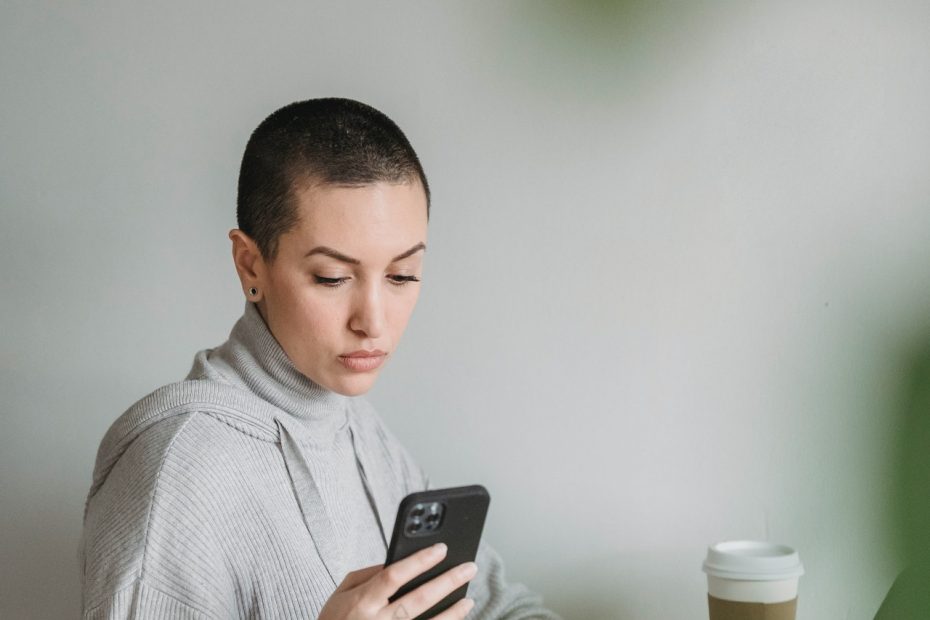When it comes to the terms underbanked and unbanked, there is a tendency to use these words interchangeably. However, there are clear distinctions between the two.
The underbanked refers to people that don’t take full advantage of financial services. This is especially true with banks. It may partially have to do with their inability to afford certain financial services. But sometimes, it may just be a matter of preference.
Furthermore, the underbanked may pursue the use of alternative services such as prepaid debit cards, check cashing services, and payday loans. Curiously, some in this category do hold checking and savings accounts, but many don’t utilize the full spectrum of traditional financial services.
On the other hand, the unbanked represents people who don’t use and don’t have access to financial services at all. They have the tendency of paying exclusively in cash. As a result, they generally do not have a pension, insurance, or any type of money-related services.
And Now, The Numbers
Almost 20% of Americans are considered underbanked, which means they have either a checking or a savings account. It is a rare occasion that they would possess both. It is estimated that almost 67 million Americans have used alternative financing options, including rent-to-own services and money orders.
Millenials are most likely to fall into the underbanked category, as they make up almost 33%.
Back in 2015, the number of U.S. households that were still unbanked were only seven percent. This translated into almost 23 million people (children included) without accessible banking services. However, this was a drop from 2013, where the unbanked were at 7.7 percent. Nearly 30% of all unbanked households fell into the lower-income bracket.
Creating Financial Inclusion
For those who are underbanked, there are many challenges that they must overcome in order to succeed financially. First, they lack the host of benefits that come from using traditional financial service providers.
For instance, if a customer needs to purchase a money order, that would cost them at least $1 or more each time they need one. However, if they had a bank account, they could easily write out a check for free or simply set up an auto-pay feature using that account. Setting up an online savings account can also be free.
Another benefit that eludes the underbanked is the lack of consumer protection. Where banks and credit unions are backed by consumer protection laws, with protection against bank failures, other alternative financial services may not offer such benefits. Alternative financial services tend to offer rates that are less consumer-friendly.
In order to address these challenges and bring the underbanked consumer into the banking fold, some financial institutions are implementing creative solutions to make it happen.
Some of the ways that these roadblocks are being addressed include:
- Technology – Startups continue to innovate and use the latest technology to conduct business faster and more affordable.
- Alternative Credit Scoring – There are those who have never borrowed yet have always paid their bills faithfully. Alternative credit approvals are beginning to gain approval and are addressing those who want to buy a house through manual underwriting.
- Expanded Loan Offerings – Banks and credit unions are beginning to offer low-risk and small-dollar loans since they don’t need the underwriting efforts that larger loans do.
Moving Forward
The pandemic has already created untold damage to our economy. That is why financial inclusion is a critical issue that must be addressed by financial institutions. By drawing more of the population into traditional banking, these institutions are positioning themselves to alleviate further economic hardship.
